Many photography fans have fallen in love with the amazing Canon 100D, sometimes called the Canon EOS Rebel SL1.
Its small size and great performance make it a flexible partner for taking beautiful pictures.
Proper care and maintenance are crucial if you want your Canon 100D to continue being a dependable and high-performing instrument in your photographic toolbox.
In this comprehensive tutorial, we’ll cover all the aspects of caring for and preserving your Canon 100D DSLR camera.
How to Care for And Maintain the Canon 100 D
1. Keep it Clean
Debris and dust can progressively build upon several camera elements, compromising functioning and image quality. Maintaining the performance of your camera requires routine cleaning.
- Lens Cleaning: Begin by maintaining a clean lens. Smudges and debris can be carefully removed from lenses with a microfiber cloth made just for that purpose. Use lens tissue and a lens-cleaning solution for stains that are difficult to remove. Refrain from applying too much pressure, as this may harm the lens coatings.
- Camera Body: Using a gentle, dry cloth, wipe the camera’s body clean. Pay special attention to any areas where dust and debris can collect, such as buttons, dials, and cracks. It is OK to use a soft-bristled brush to safely clean regions that are difficult to reach.
- Cleaning Sensor: Dust particles have the potential to accumulate on the camera’s sensor over time, producing ugly patches in your photos. Consider using a sensor cleaning kit made specifically for your camera model if you feel comfortable doing so. As an alternative, get in touch with a qualified camera service technician to guarantee secure and efficient sensor cleaning.
2. Protect Your Gear
Purchasing protective gear can help keep your camera secure from harm in the future:
- Bag for Camera: Choose a camera bag with lots of cushioning and protection. Your Canon 100D is protected from unintentional bumps, wetness, and harsh temperatures by a well-padded bag. Have a look at a bag that can be adjusted to create separate sections for your camera and lenses.
- Focal Point: To protect your lens from glare, rain, and small impacts, attach a lens hood. Additionally, this attachment protects your lens’s front element from fingerprints and scratches.
- UV Filter: To give your lens an extra layer of protection, think about applying a UV filter. UV filters can help prevent unintentional scratches on your lens and lessen blur. Replacing a scratched filter is less expensive and easier than changing the lens.
3. Battery Care
The power source for your Canon 100D is a rechargeable lithium-ion battery. To guarantee dependable functioning, batteries must be properly maintained:
- Charge Appropriately: Make sure you always use the charger that the manufacturer recommends. The battery’s lifespan may be shortened or damaged by overcharging or using chargers that aren’t compatible.
- Storage for Batteries: Partially charge the battery before putting your camera in a dry, cold area if you won’t be using it for a long time. Steer clear of extremely high or low temperatures, as these can shorten battery life.
4. Regular Firmware Updates
Manufacturers release firmware updates to improve camera performance, address bugs, and add new features.
Check the Canon 100D’s firmware version periodically on the official Canon website.
Update the firmware on your camera by following the instructions, then take advantage of the most recent updates and features.
5. Lens and Mount Maintenance
For optimum results, it’s essential to have the lens and camera body firmly attached.
- Clean the contacts: Maintaining clean metal contacts on the lens and camera body is necessary to guarantee an appropriate electrical connection. To carefully clean these contacts, use a clean eraser or a soft, dry cloth.
- Safe Lens Attachment: Make sure your lenses are attached to the camera body firmly and securely at all times. The inside of the camera is shielded from dust and dirt by a correctly mounted lens.
6. Avoid Excessive Moisture
The internal components of your camera may be harmed by moisture and humidity.
Take immediate action if water or moisture comes into contact with your Canon 100D.
- Take out the Cards and Battery: Remove the memory card and battery from the camera right away.
- Allow it to Dry: Keep the compartments of the camera open and place it in a well-ventilated area so that it may air dry. Hair dryers and other heat sources should not be used because they can further harm surfaces.
- Professional Assessment: To evaluate and handle any possible damage, speak with a qualified camera servicing center if the camera was exposed to a lot of moisture or water.
7. Use a Camera Strap
Using and attaching a camera strap is an easy yet reliable method to guard your camera from unintentional drops and to assure its safety while you’re shooting. Ensure that the strap is firmly attached to the camera, and check it from time to time for symptoms of deterioration.
8. Memory Card Care
Considering the fact that memory cards hold your priceless photos, you must take good care of them:
- Eject Safely: To avoid data corruption, always eject memory cards using the camera’s “Eject” or “Safe Remove” feature.
- Format in Camera: To guarantee compatibility and optimal performance, utilize the camera’s formatting feature rather than formatting memory cards on a computer.
9. Regular Use
Regular use of your Canon 100D might help keep the internal systems functioning properly. Keep your Canon 100D active.
Prevent prolonged periods of time when your camera is unutilized. Consistent use keeps parts from stopping and extends the life of your camera.
10. Professional Servicing
It is advised that you seek expert assistance if you experience technical difficulties or observe a reduction in the operation of your camera:
- Expert Advice: See your camera’s user manual or contact Canon customer service for advice if you have any questions about maintenance procedures or run into issues.
- Trained Technicians: Put your Canon 100D in the experienced hands of professional camera service shops for complicated problems, sensor cleaning, or repairs. Trying to fix something without the right knowledge can make it worse.
Conclusion
To conclude, the Canon 100D is an incredible piece of equipment that can produce breathtaking photos and lifelong memories.
You can maintain the great image quality and dependable functioning of your Canon 100D DSLR camera for a longer period of time by following our thorough care and maintenance suggestions.
Comment down below and let us know if this comprehensive guide was helpful to you.

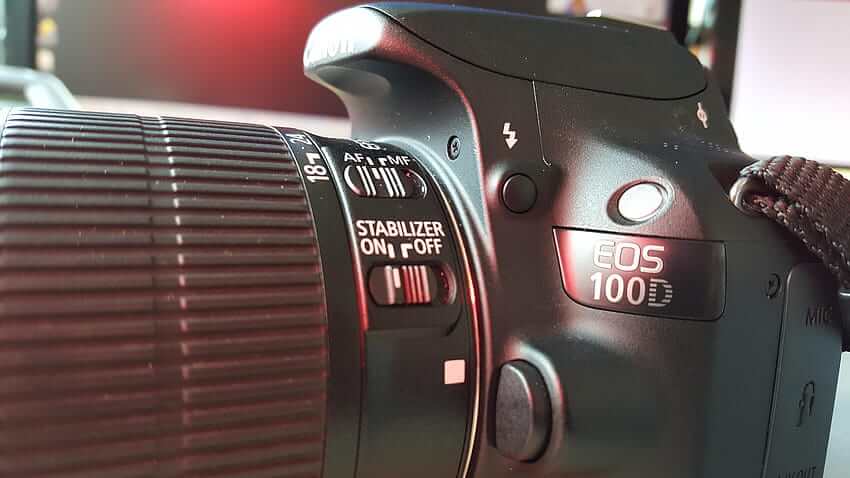
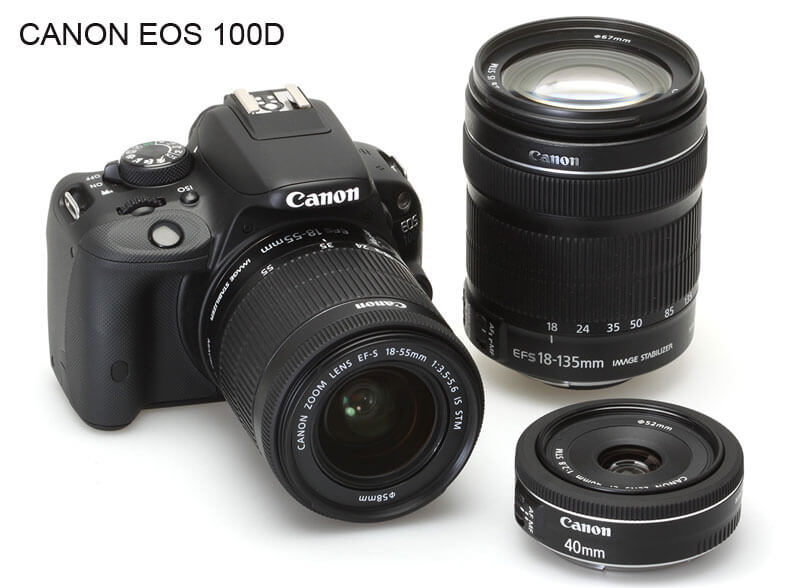
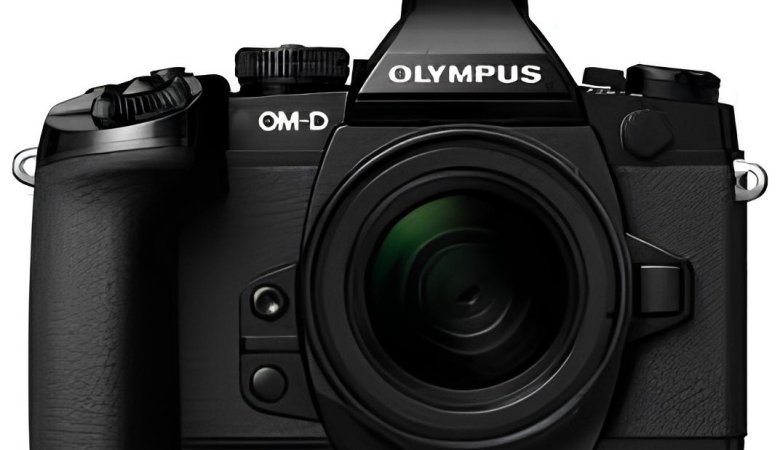
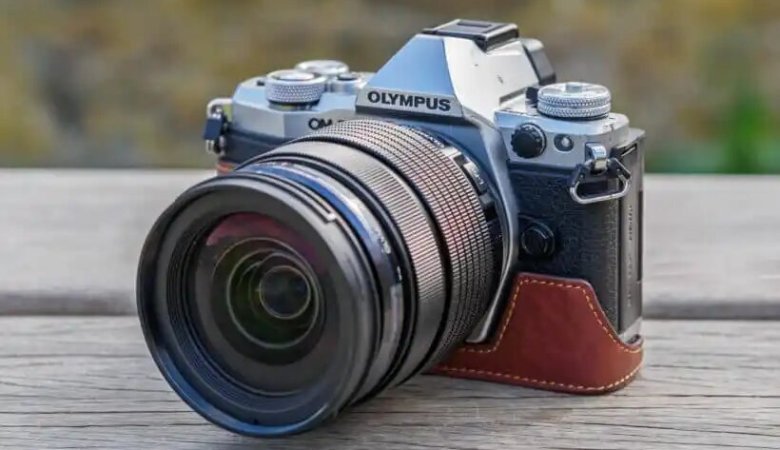
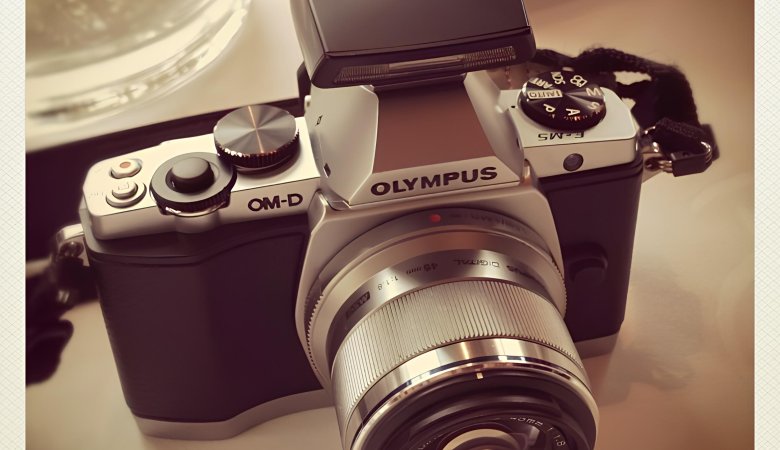
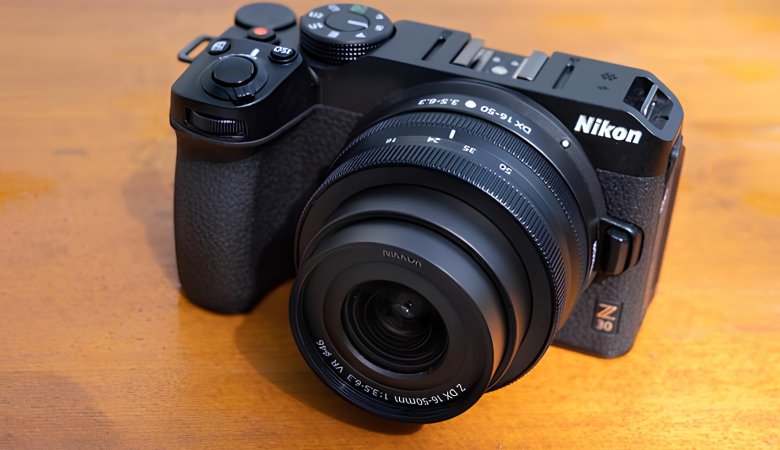
Leave a Reply